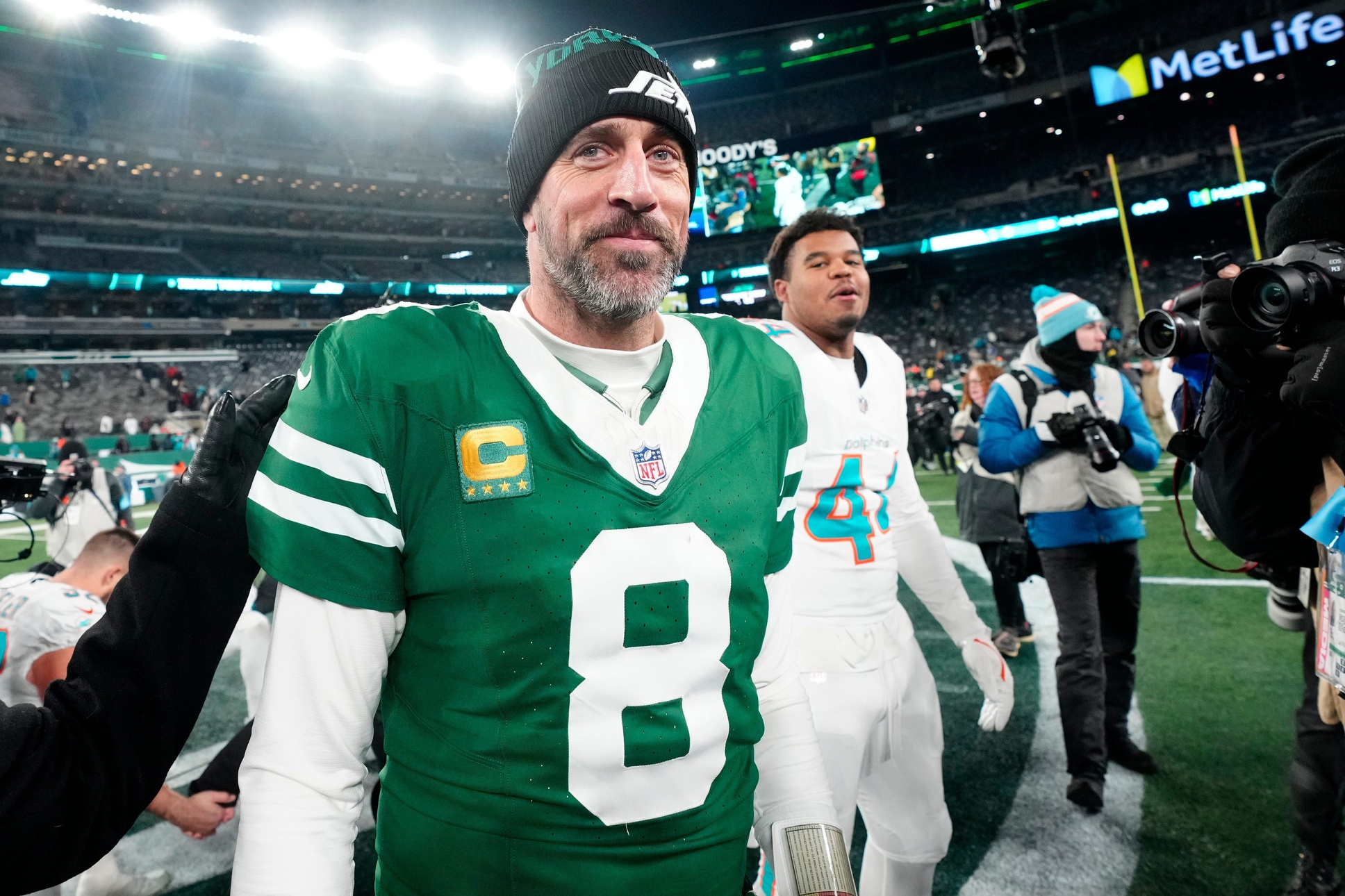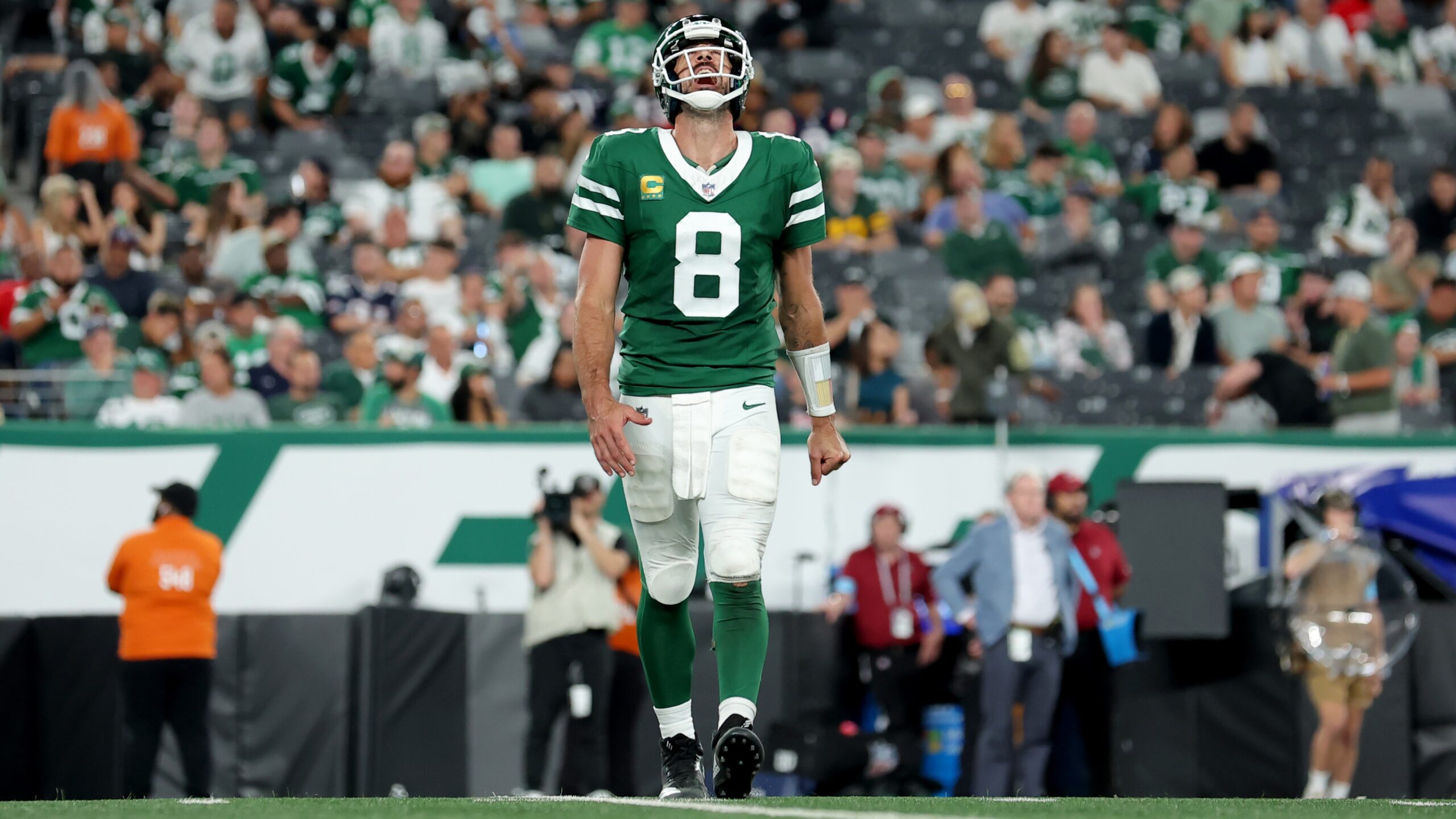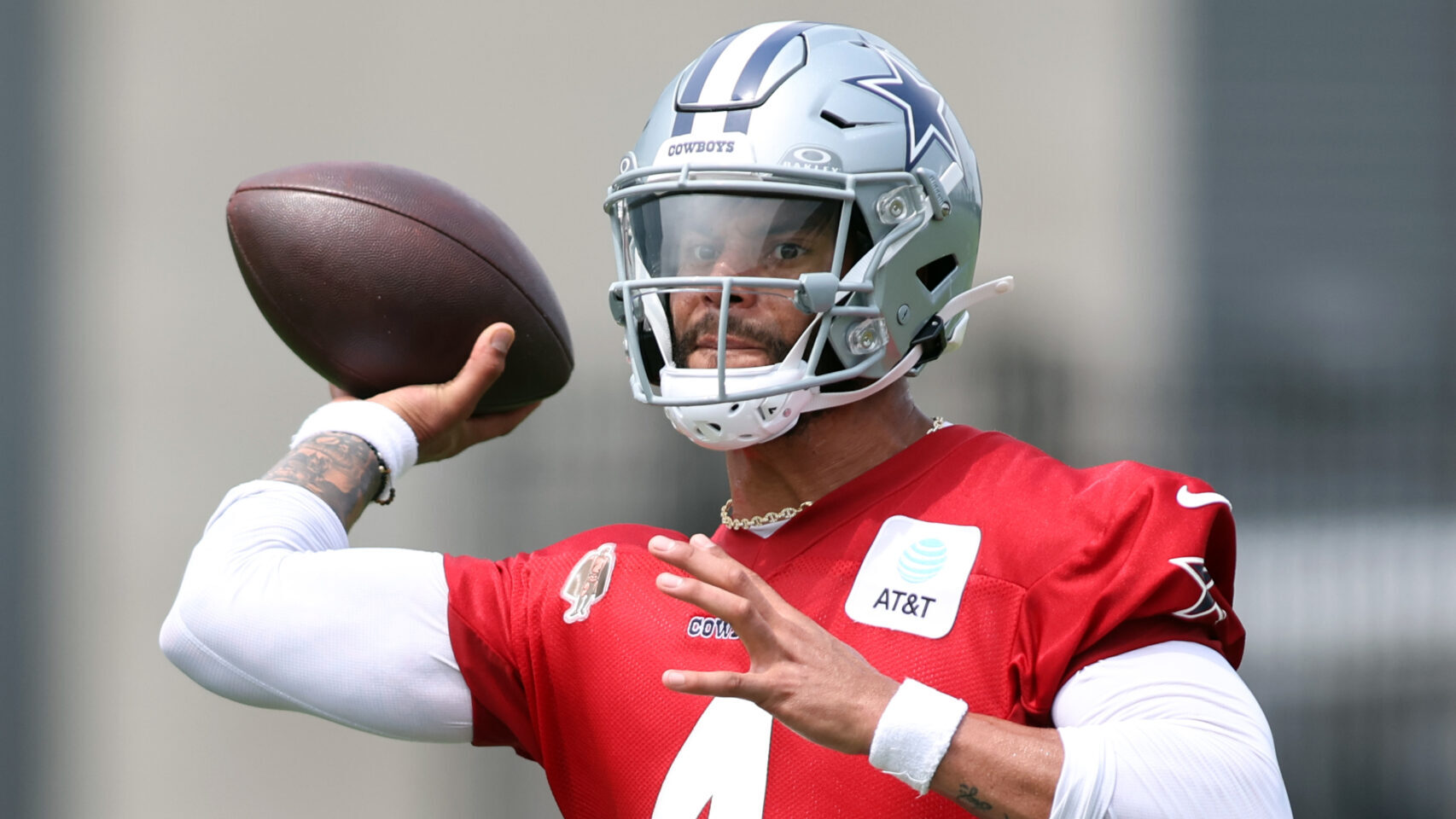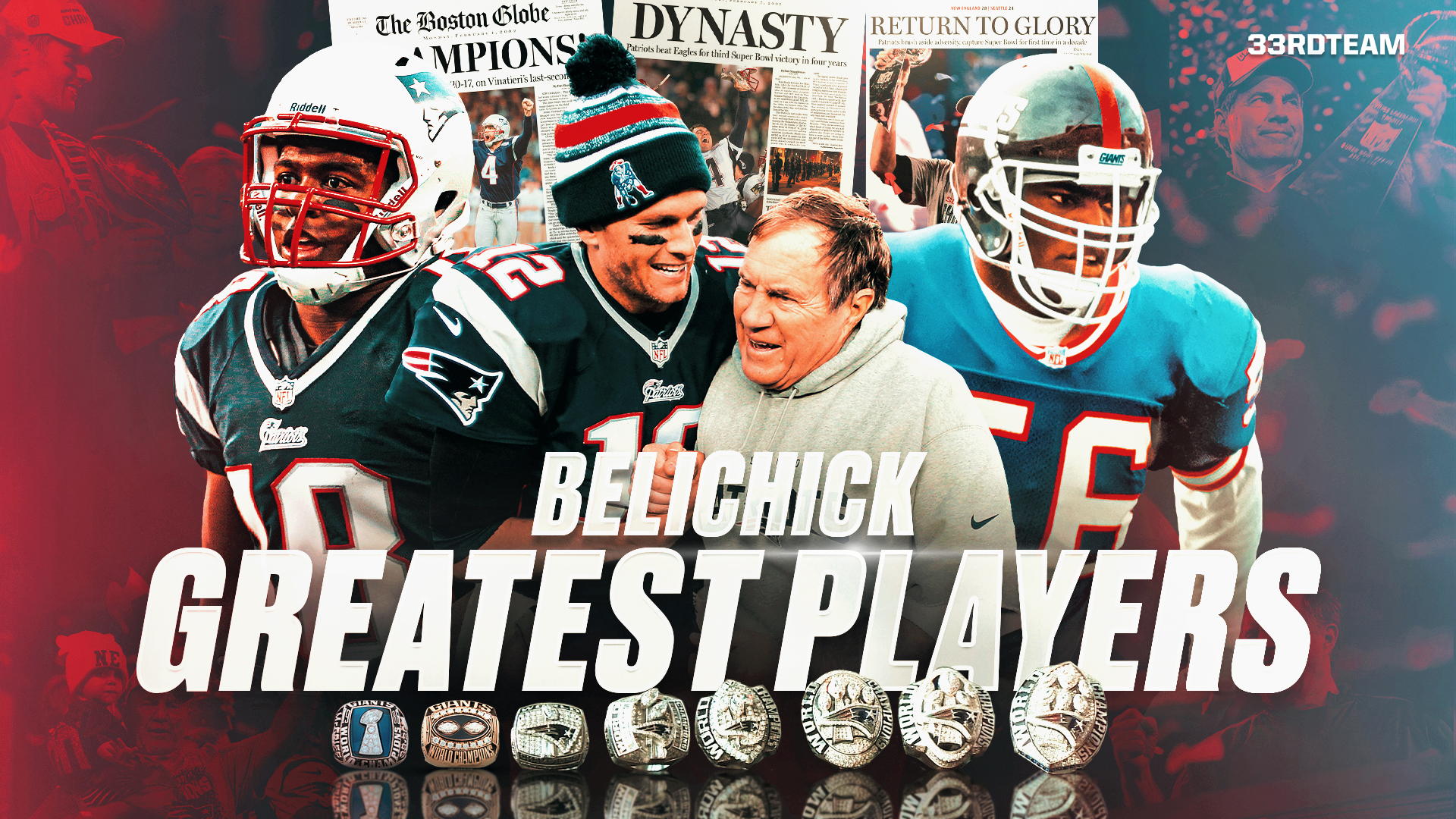Analysis
3/11/22
7 min read
The 4 Most Risky Free Agency Buys
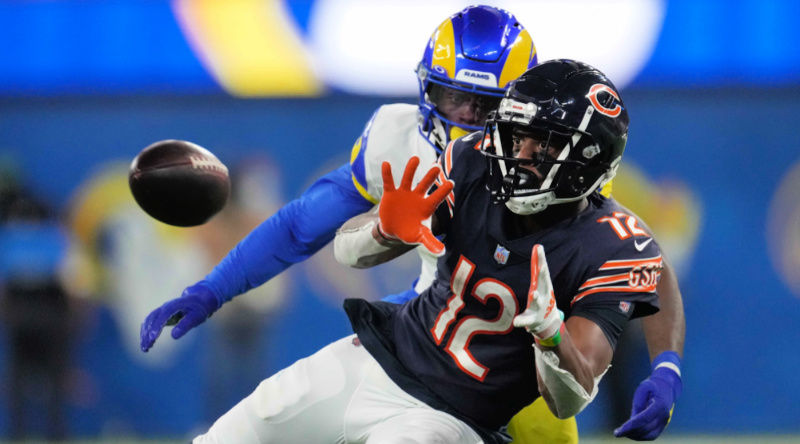
Tom Rudawky is a former NFL scout who has worked for the Miami Dolphins and New York Giants. He now writes for The 33rd Team among other publications. Find him on Twitter @TRudy831
With NFL free agency officially opening on March 16th, teams across the league will look for the best way to upgrade their roster. Historically, spending big money in free agency isn’t the best strategy for long-term, sustained success. With every free agent acquisition comes a financial commitment and a lot of overall risk. After all, teams are buying players that most likely developed with a different team and for some reason or another, were not extended by said team. Oftentimes, big money free agent acquisitions end up looking like bad values and gross overpays more so than smart, buy-low purchases that have good return on investment. There are some high profile players that stand out in this year’s free agent class as especially risky, for a variety of reasons. Below, we highlight four of those names who are sure to give some teams pause when deciding whether to offer them a lucrative contract. Cam Robinson would also have been on this list, but the Jaguars secured his services for another year when they used the franchise tag on him earlier this week.
Brandon Scherff, Guard
With Scherff, the concern is all about his health. When he plays, it’s hard to question the production. He’s a big, strong, upper body power player that plays with tone-setting physicality. He’s a five-time pro bowler. But how much will he play? He’s missed at least five games in three of the last four seasons. From 2015-2017, Scherff was far more durable, missing only two total games in those three years. At 30 years old, Scherff isn’t getting any younger, and expecting him to play a full 17 games likely isn’t a wise bet.
Since 2018, Scherff has missed time due to Knee, Shoulder, Pectoral, Elbow, and Ankle injuries – making it hard to trust that he’ll be injury-free. Scherff played both 2020 and 2021 on the franchise tag, which reveals that Washington has been delaying inking him to a long-term extension. Given how productive he is when he’s on the field, I’d expect Scherff to be close to a $13-$15 million dollar a year player. For a guard that hasn’t played a full season since 2016, is that really a keen investment? Betting on outliers is never a smart way to operate in free agency, so whatever team decides to sign Scherff should be prepared for him to miss time. The question is, what team will step up and take the risk?
Allen Robinson, Wide Receiver
Robinson is seeking his third contract in the NFL, and it will likely be with a team other than the Chicago Bears, who used the franchise tag on him for the 2021 season despite a lot of noise (including from Robinson himself) to extend him. Robinson is a quality NFL receiver. He’s got good size, is a savvy and fluid route runner, and is very consistent catching the football. In 2021, he played for $17.9 million on the tag.
Coming off a 2021 season where he averaged only 34 receiving yards a game, Spotrac projects him to have a value of $16.3 million per season moving forward. That’s a steep price to pay for a receiver who’s only appeared in one pro bowl and only has one season with over seven touchdowns (2015). Combine this with the fact that over the last few years, buying wide receivers at high market value hasn’t panned out well for those teams, at least so far. Tyrell Williams in 2019 and Kenny Golladay and Corey Davis in 2021 come to mind. It’s a position where it’s hard to keep players healthy, due to all the running, cutting, and contact associated with it.
Robinson is a good player, and will be a commodity to whomever signs him, but will he return the value of a top-of-the-market wideout? That seems to be an optimistic bet at a position that hasn’t been one of the more profitable positions to shop for in free agency.
Stephon Gilmore, Cornerback
We’ve all seen how highly of a level Gilmore can play at – after all, he was the 2019 Defensive Player of the Year and has been regarded as a top two or three cornerback in the game for five-plus years now. However, him being a risky buy is more about his age and durability than anything. It is hard to maintain a high level of play once you hit 30 years old at the cornerback position. Historically, the decline for players once you hit 30 can happen very quickly. After all, there hasn’t been a single corner that was 30 or above to make first team All-Pro since Aqib Talib in 2016. Bill Belichick isn’t perfect by any means, but the fact that the game’s best coach was willing to trade Gilmore for merely a 6th round pick should also tell us something.
Prior to 2020, Gilmore was highly durable, but in the last two years, he’s played 19 combined games. So, can a team count on Gilmore, who turns 32 at the start of the season, to play all 17 games? Not to mention, will Gilmore play at a high enough level to warrant around $15 million a year? He’s had an outstanding career, and if there’s anyone to defy the odds, it’s probably him. But that’s not a risk I’d be willing to take for a soon-to-be 32-year-old cornerback with recent injury history. Similar to left tackle, every team is looking for quality corners, so Gilmore is going to get his – but it’s a risky proposition.
Jameis Winston, Quarterback
In what has already been a fascinating offseason on the QB carousel, Winston is a high-profile name that remains available for teams with a need at the game’s most important position. The risk with Winston is straightforward – it’s about both injury and performance. He suffered a torn ACL and additional MCL damage during a week 8 win against Tampa Bay.
It’s unclear when exactly he would be ready to take the field. Winston played solid football for the Saints this year prior to his injury, but he still feels like a stopgap option at the position rather than a franchise-changer due to his turnover prone nature that we’ve seen far too often. However, these days franchise quarterbacks are in higher demand than oil – with General Managers of teams with an unsolved QB situation understanding that their fate will inevitably rest in the hands of their ability to get production from their starting QB. Of all the remaining free agent QBs, Winston may be the best of the bunch, and that means he’s going to cash in in spite of his knee injury and performance concerns.
Winston is unlike the first three names on this list in that he’s much more likely to receive a one-year deal from a team that either A) signs him with the intent of making him their starter for the short term or B) brings him in to compete for their starting job. Whichever team decides to sign him could very well be in the same position next off-season – looking for a franchise QB; and that is due to Winston’s multi-pronged risk.



